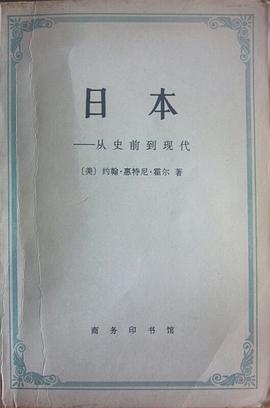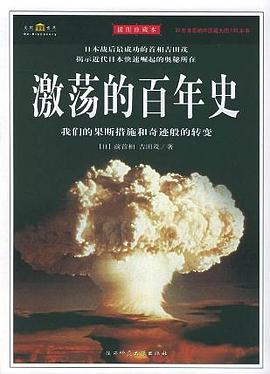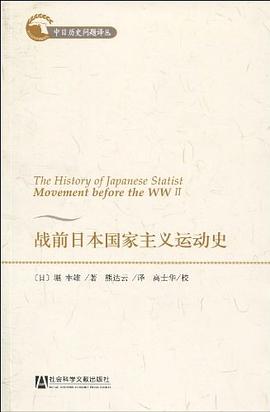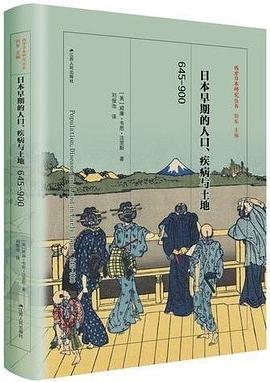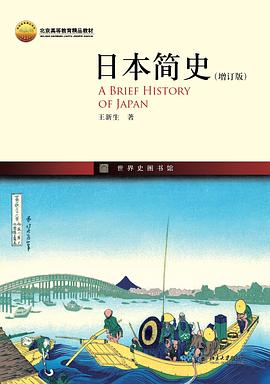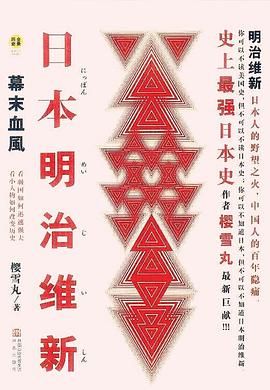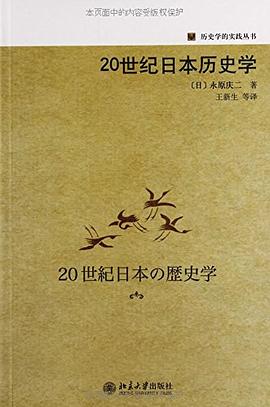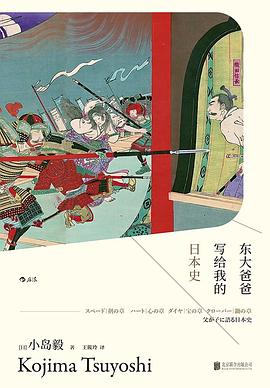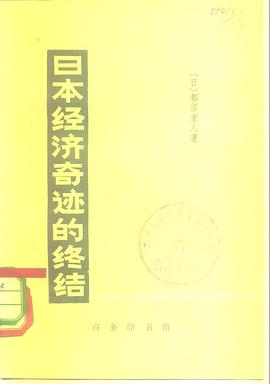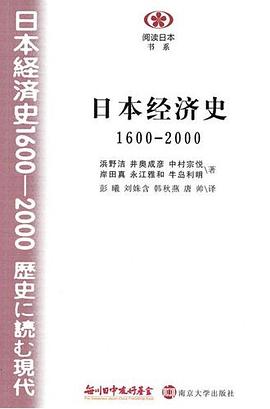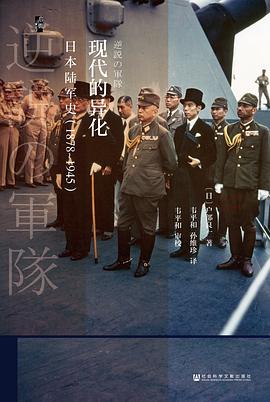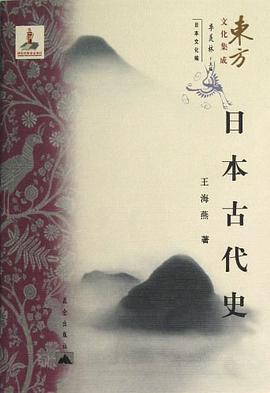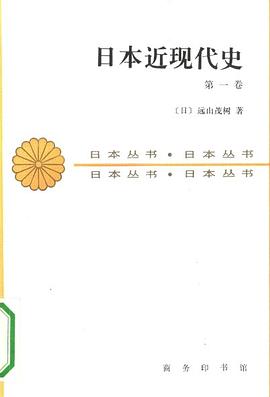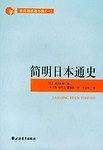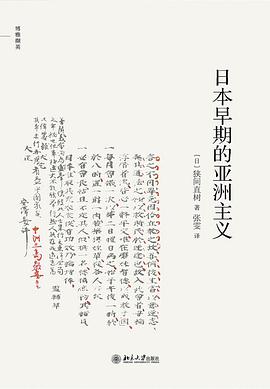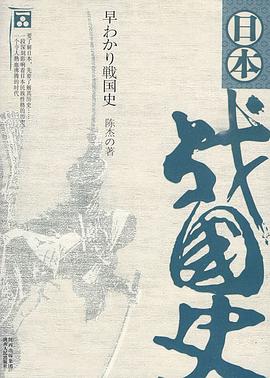

In this first social and cultural history of Japan's construction of Manchuria, Louise Young offers an incisive examination of the nature of Japanese imperialism. Focusing on the domestic impact of Japan's activities in Northeast China between 1931 and 1945, Young considers "metropolitan effects" of empire building: how people at home imagined and experienced the empire they called Manchukuo. Contrary to the conventional assumption that a few army officers and bureaucrats were responsible for Japan's overseas expansion, Young finds that a variety of organizations helped to mobilize popular support for Manchukuo--the mass media, the academy, chambers of commerce, women's organizations, youth groups, and agricultural cooperatives--leading to broad-based support among diverse groups of Japanese. As the empire was being built in China, Young shows, an imagined Manchukuo was emerging at home, constructed of visions of a defensive lifeline, a developing economy, and a settler's paradise.
具體描述
讀後感
評分
評分
評分
評分
用戶評價
re-reading
评分豐富瞭我的對於曆史的看法,其實曆史特彆多樣和復雜不是曆史教課書裏的一句話和一個詞就能概括的。日本在滿洲的新殖民的政策和影響。日本人想象力比較豐富,經常把下體放在瞭上麵瞭
评分也是上課看的,簡單好看,糾正瞭我以前一直以為無辜的日本民眾的錯誤印象,戰爭機器發動起來,還有乾淨的人嗎?當然還是有錯誤等級之分的。最後移民去滿洲的那一百萬人太慘瞭。
评分another perspective
评分一個細節:為培養國民的殖民興趣,日本大力推廣滿洲華北的旅遊綫路,並在殖民地各處成立旅遊局#帝國主義與旅遊
相關圖書
本站所有內容均為互聯網搜索引擎提供的公開搜索信息,本站不存儲任何數據與內容,任何內容與數據均與本站無關,如有需要請聯繫相關搜索引擎包括但不限於百度,google,bing,sogou 等
© 2025 qciss.net All Rights Reserved. 小哈圖書下載中心 版权所有

